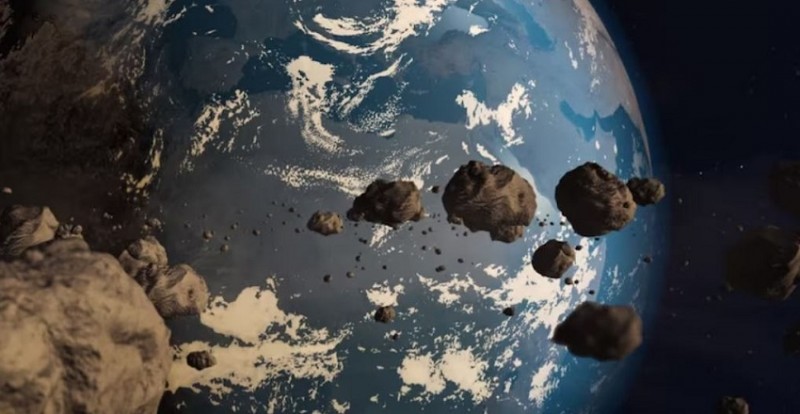
National Aeronautics and Space Administration (NASA) is keeping a close watch on five asteroids set to come near Earth between August 27 and September 1, 2024. While these asteroids pose no immediate threat to our planet, their close passes offer valuable chances for scientific research. The Jet Propulsion Laboratory (JPL) is leading the efforts to monitor these objects, aiming to gather important data on their paths and behaviors. This research is crucial for advancing planetary defense and understanding the origins of our universe.
Asteroid Details and Observations
Asteroid 2020 RL: On August 27, this asteroid will pass within about 4.68 million kilometers of Earth. With a diameter of 110 feet—similar to a modern airplane—its safe distance provides an excellent opportunity for study. JPL is tracking it closely to ensure no impact risk and to collect data on its trajectory.
Asteroid 2021 RA10: Scheduled to approach Earth on August 28, this asteroid will come within 2.61 million kilometers. Measuring 92 feet across, it is part of a common group of near-Earth objects. Observations of such asteroids help scientists evaluate potential future risks.
Asteroid 2012 SX49: Expected on August 29, this asteroid will pass 4.29 million kilometers from Earth. With a diameter of 64 feet, its size is comparable to a small house. Monitoring this asteroid aids in refining future risk predictions and close approach assessments.
Asteroid 2016 RJ20: This asteroid will come closest to Earth on August 30, at a distance of 6.99 million kilometers. At 210 feet in diameter, it is similar in size to a large airplane. Observations of such large objects help improve our understanding of their behavior and impact predictions.
Asteroid 2021 JT: The smallest of the group, 2021 JT, will pass Earth on September 1, at a distance of 6.36 million kilometers. Despite its smaller size, it remains under observation to collect valuable data.
NASA’s Monitoring Efforts
NASA's Jet Propulsion Laboratory utilizes advanced technology to track these asteroids and predict their paths. According to experts from the Planetary Science Institute, an asteroid must be at least 16 feet wide to reach Earth, and the potential for significant damage is generally associated with much larger objects. Smaller asteroids often land in oceans or uninhabited areas, reducing impact risks.
NASA's monitoring and research efforts are vital for enhancing our knowledge of the solar system and developing effective planetary defense strategies. By studying the composition, speed, and trajectory of these asteroids, scientists gain valuable insights into the early solar system and improve Earth’s protection from potential hazards.
India Successfully Launches Its First Reusable Hybrid Rocket 'RHUMI-1'
ISRO Becomes First to Land on Moon's South Pole in Just 50 Years: Dr. Jitendra Singh
Chandrayaan-3 Anniversary: A Glimpse into India’s Landmark Lunar Expedition
National Space Day 2024: India's Space Achievements, Messages, Quotes to Share